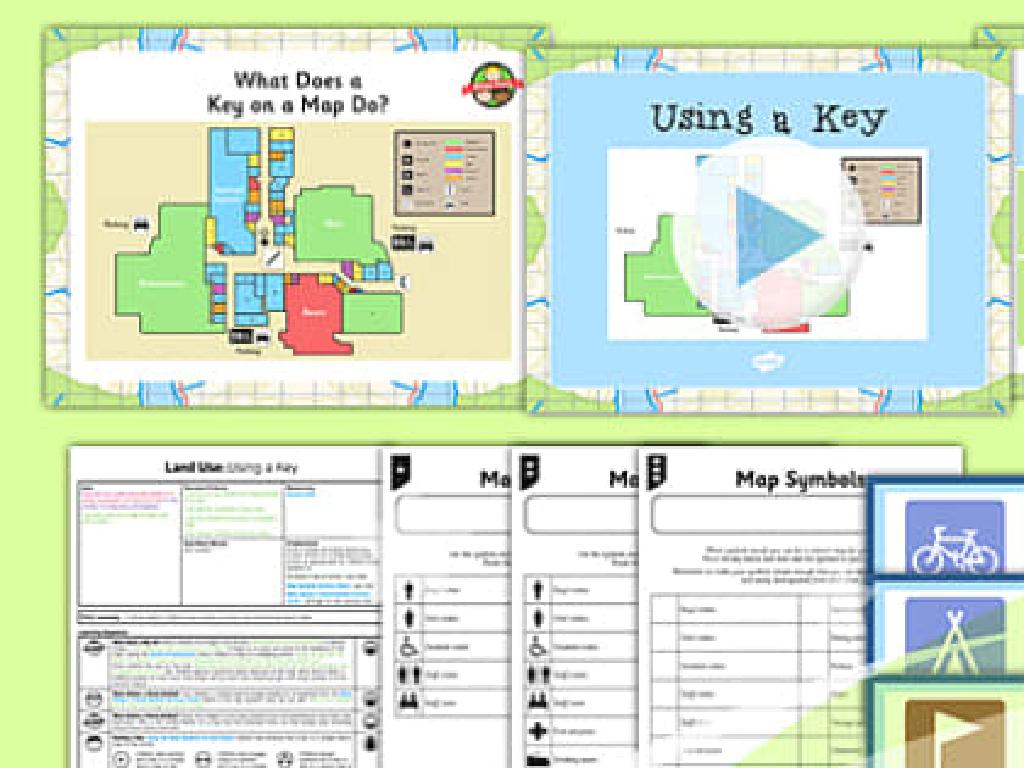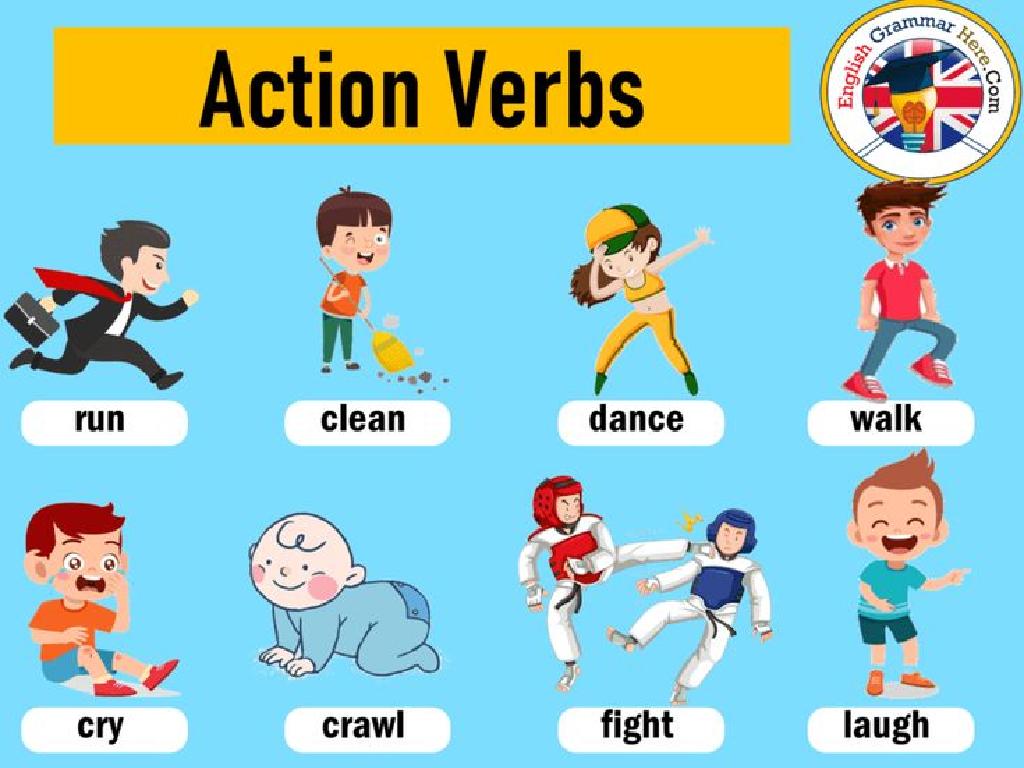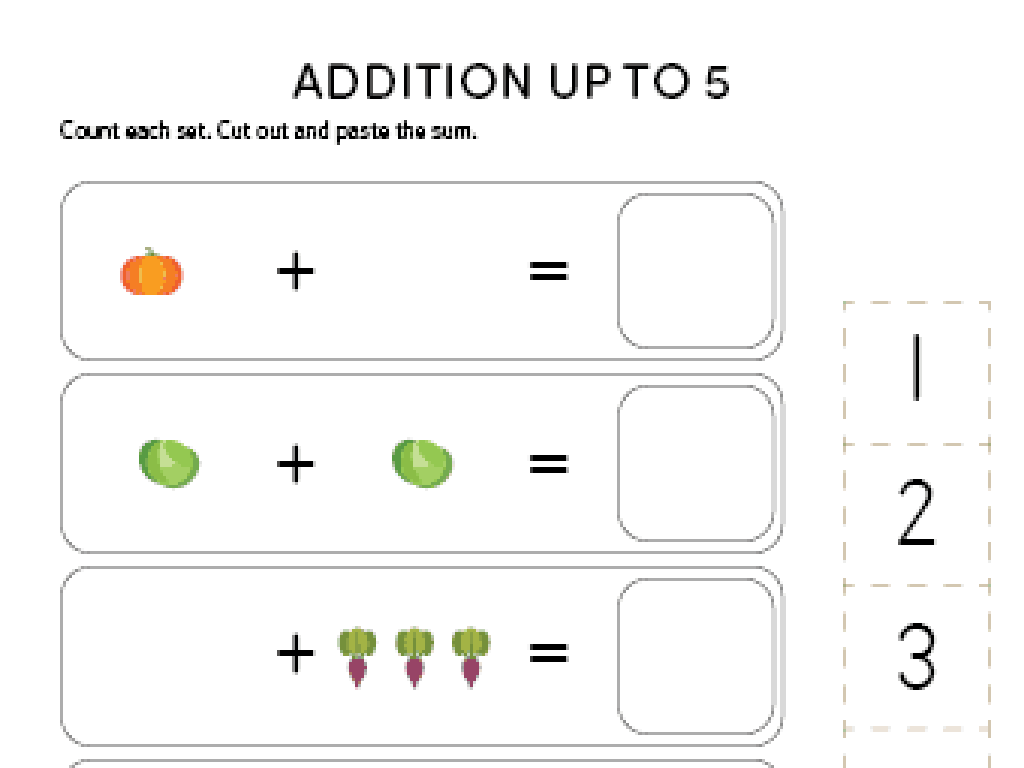Area Of Squares And Rectangles
Subject: Math
Grade: Fifth grade
Topic: Area
Please LOG IN to download the presentation. Access is available to registered users only.
View More Content
Exploring Area: Squares & Rectangles
– Area measures inside space
– Calculating area of squares
– Side length squared (s^2)
– Calculating area of rectangles
– Width times height (w x h)
– Area’s real-life applications
– Used in flooring, painting walls
|
This slide introduces the concept of area as a measure of the space inside a two-dimensional shape. Begin by explaining that area is measured in square units. For squares, the area is found by squaring the length of one side (s^2). For rectangles, the area is the width multiplied by the height (w x h). Emphasize the practical applications of understanding area, such as determining the amount of material needed for flooring or the amount of paint required for walls. Encourage students to think of other examples where they might need to calculate area in their daily lives. Provide visual aids or manipulatives to help students visualize the concept of area.
Understanding Area
– Area: space inside a 2D shape
– Think of area as the space you can cover with paint
– Measured in square units
– Units like square inches (in²) or square feet (ft²)
– Example: classroom floor
– How many tiles needed to cover the floor?
– Importance of calculating area
|
Area is a fundamental concept in geometry that refers to the amount of two-dimensional space inside a boundary. It’s measured in square units, which can be visualized by considering how many square tiles it would take to cover a surface, such as a classroom floor. This slide aims to introduce the concept of area in a tangible way that fifth graders can easily understand. Encourage students to think about different surfaces they could measure, like a book cover or a tabletop, and how they might use square units to find the area. This will prepare them for more complex tasks involving area calculation.
Calculating the Area of a Square
– A square has four equal sides
– Formula for area: side × side
– Multiply the length of one side by itself
– Example: side of 4 inches
– Consider a square with a side length of 4 inches
– Area calculation: 16 square inches
– 4 inches multiplied by 4 inches equals 16 square inches
|
This slide introduces the concept of finding the area of a square, which is a fundamental topic in understanding geometry for fifth graders. Emphasize that all sides of a square are equal, which simplifies the process of calculating area. The formula for the area of a square is the length of one side squared. Provide an example with a side length of 4 inches to illustrate the concept. The area is then 16 square inches, which is the result of multiplying the side length by itself. Encourage students to practice with squares of different side lengths and to visualize the area as the amount of space inside the square.
Practice: Calculating Square Area
– Understand square area calculation
– Interactive example with 5-inch sides
– Area = side length x side length, so 5 inches x 5 inches = 25 square inches
– Class suggests various side lengths
– Calculate areas as a group
– Use student-suggested lengths to practice more
|
This slide is designed to engage students in the practical application of calculating the area of squares. Start by revisiting the formula for the area of a square (Area = side length x side length). Use the interactive example to demonstrate the calculation with a 5-inch side square. Then, encourage students to participate by suggesting different side lengths, which will be used to calculate the area together. This activity helps reinforce their understanding of the concept and demonstrates how the area changes with different side lengths. For the teacher: Prepare a list of side lengths in case students are shy to suggest. Also, have square cut-outs or grid paper ready for a visual representation of the area.
Calculating the Area of a Rectangle
– Rectangles have equal opposite sides
– Area formula: length × width
– Multiply the length by the width to find area
– Example: 8 inch by 3 inch rectangle
– Length is 8 inches, width is 3 inches
– Calculate area: 8 inches × 3 inches
– Area equals 24 square inches
|
This slide introduces the concept of area as it applies to rectangles. Emphasize that rectangles have two pairs of equal sides, referred to as the length and the width. The area of a rectangle is found by multiplying the length by the width. Use the example provided to illustrate how to apply the formula: if a rectangle has a length of 8 inches and a width of 3 inches, its area is 24 square inches. Encourage students to visualize the rectangle being filled with one-inch square tiles to understand why the area is measured in square units. Prepare to demonstrate additional examples in class and provide practice problems for students to solidify their understanding.
Practice: Calculating Rectangle Area
– Interactive example: 7in x 4in rectangle
– Let’s find the area of a 7 by 4 inch rectangle together.
– Formula: Area = length x width
– Remember, to find the area, multiply the length by the width.
– Calculate area with your measurements
– Use any length and width you choose to calculate the area.
– Share your results with the class
– Be ready to tell us about your rectangle’s area.
|
This slide is designed to engage students in the practical application of calculating the area of rectangles. Start with an interactive example by calculating the area of a rectangle with given dimensions (7 inches by 4 inches). Explain the formula for finding the area of a rectangle and work through the example as a class. Next, encourage students to come up with their own dimensions for a rectangle and calculate the area. This activity will help solidify their understanding of the concept. Finally, have students share their results and the dimensions they chose with the class, fostering a collaborative learning environment. As a teacher, be prepared to assist students who may struggle with multiplication or concept application and have additional examples ready for practice.
Real-World Application of Area
– Area usage in daily life
– Example: Rug size for a room
– To find the right rug, measure room’s length and width and calculate area
– Discuss other area applications
– Where else can we apply area? Think gardens, walls for painting, etc.
|
This slide aims to help students understand the practical applications of calculating area in real-life scenarios. Start by discussing how area is used to determine the size of a rug that would fit in a room, which involves measuring the length and width of the floor space and then using the formula for the area of a rectangle. Encourage students to think about and discuss other situations where knowing how to calculate area would be useful, such as planning a garden, buying the right amount of paint for a wall, or installing solar panels on a roof. This will help them appreciate the relevance of what they learn in math class to everyday life. Provide guidance on how to measure spaces and apply the area formula, and encourage them to share their ideas during the discussion.
Class Activity: Design Your Dream Park
– Design park with squares & rectangles
– Calculate each section’s area
– Length x Width for each shape’s area
– Color-code areas with pencils
– Use different colors for each area
– Present park & total area in class
|
In this engaging class activity, students will apply their knowledge of calculating the area of squares and rectangles to design their own park. Provide them with graph paper to assist in creating to-scale sections. Encourage creativity but also accuracy in their calculations. They should use colored pencils to visually differentiate the various areas of their park. Once completed, each student will present their park design and explain the total area calculation. For the teacher: prepare a list of possible park features (playground, picnic area, pond, etc.), ensure students understand how to calculate area, and have colored pencils and rulers available. This activity reinforces area calculation skills and allows students to see the practical application of math in design and planning.




